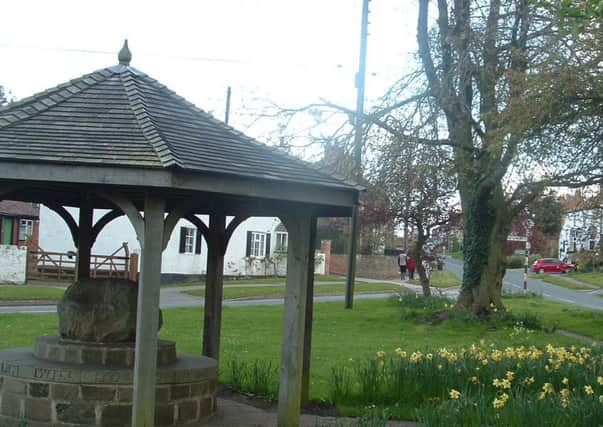YP Letters: My quest to root out old stone marking source of the Ouse


In the early summer of last year, I was joined by a few friends and on a few days we walked 52 miles, over the entire length of the River Ouse; from its mouth at the River Humber to its eventual source at Ouse Head Spring on the outskirts of Great Ouseburn near Boroughbridge.
It was late on a balmy summer day when we strolled into Great Ouseburn, with a number of villagers out and about enjoying the sunshine. We began inquiring after the location of Ouse Beck Spring and more importantly the historic inscribed standing stone that stands nearby. One or two villagers that day knew where the spring might be, but none had even heard of an inscribed stone.
Advertisement
Hide AdAdvertisement
Hide AdOur luck changed when a young lad on a bicycle told us his father would know where the stone was and indeed he did. The father told us to go to the outskirts of the village. He informed us he had seen the stone as a young boy when the owners of a cottage near to the old Union Poor House would delight in showing people the stone on the edge of their garden.
We made our way to the place directed, and quickly found the spring that is the source of the River Ouse. But couldn’t find the stone. The area being enveloped in thorny impenetrable brambles and a mass of Himalayan balsam plants.
We left relieved that we had walked the full length of the River Ouse but disappointed that we hadn’t been able to view the ancient inscribed stone – which incidentally was not marked on any of the OS maps we were all carrying. The stone had been visited and written about by the late W R Mitchell and the Great Ouseburn Parish plan gives it a mention in its report of 2003.
I decided to revisit the area last week and was pleased to see that the balsam plants had died off for winter, but unfortunately the brambles were still there. After an exhausting effort climbing through the thorny brambles in all directions I at last fell upon the stone. A tall light-coloured Doric pillar with an inscribed band around its middle – York 13 miles, Boroughbridge four miles, Ouse River Head, and Ouse Gill Spring Ft. Photographs of the stone are rare, and few exist on computer search engines. Perhaps if this letter is published, that will at least alter that state of affairs.
Advertisement
Hide AdAdvertisement
Hide AdHowever, as it is not marked on the OS Maps and the fact that a planning application has been posted on the gate to the old Union Poor House complex, which presumably includes the above said cottages.
I wonder if the authorities are aware of this ancient inscribed stone that needs some urgent tender loving care.